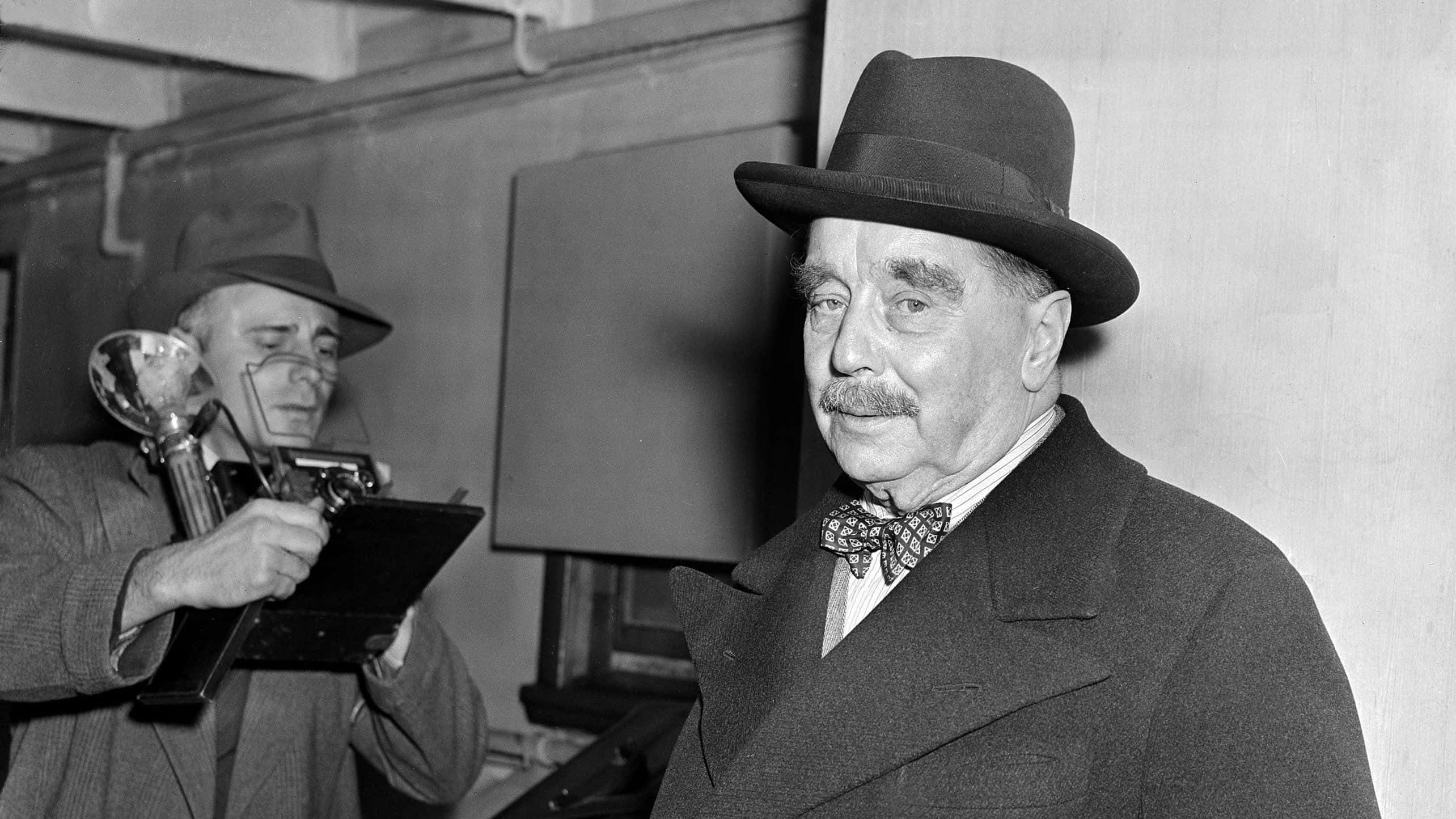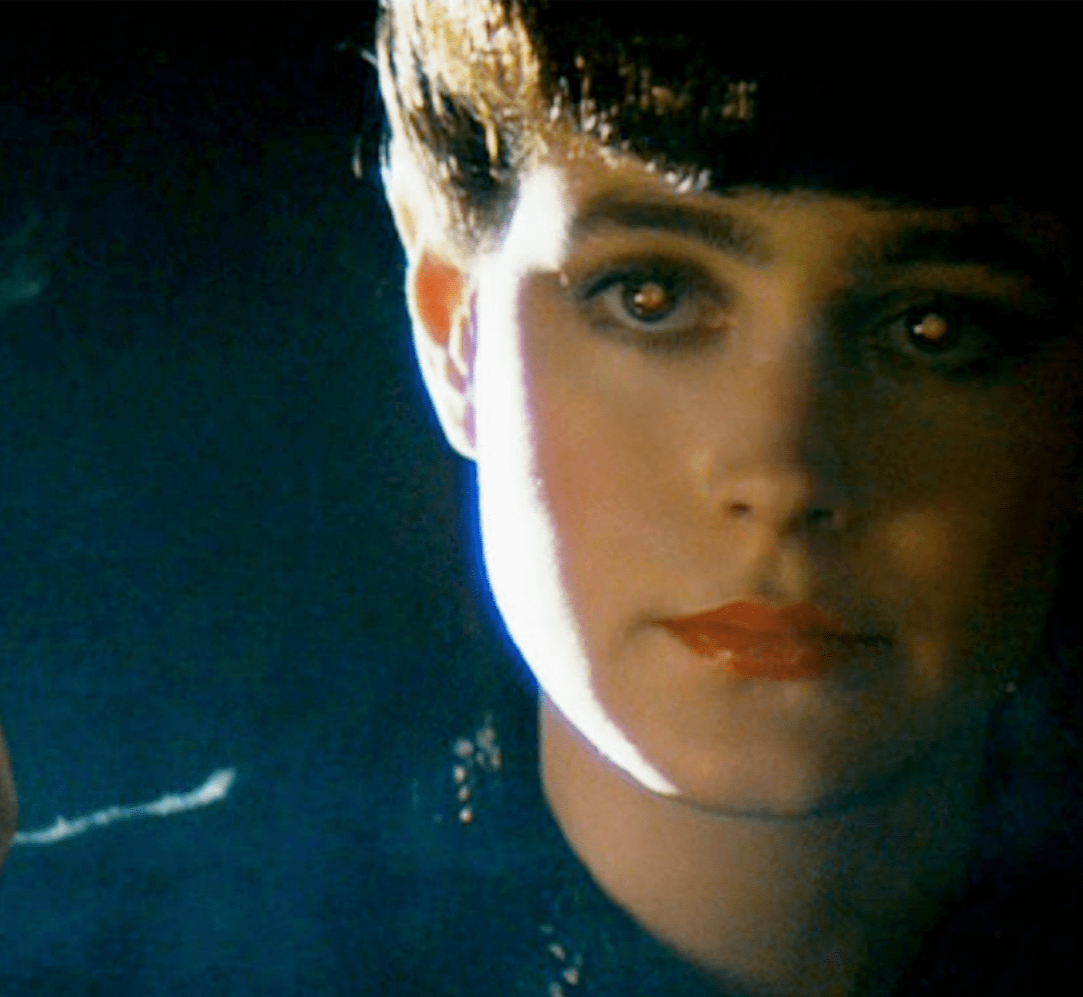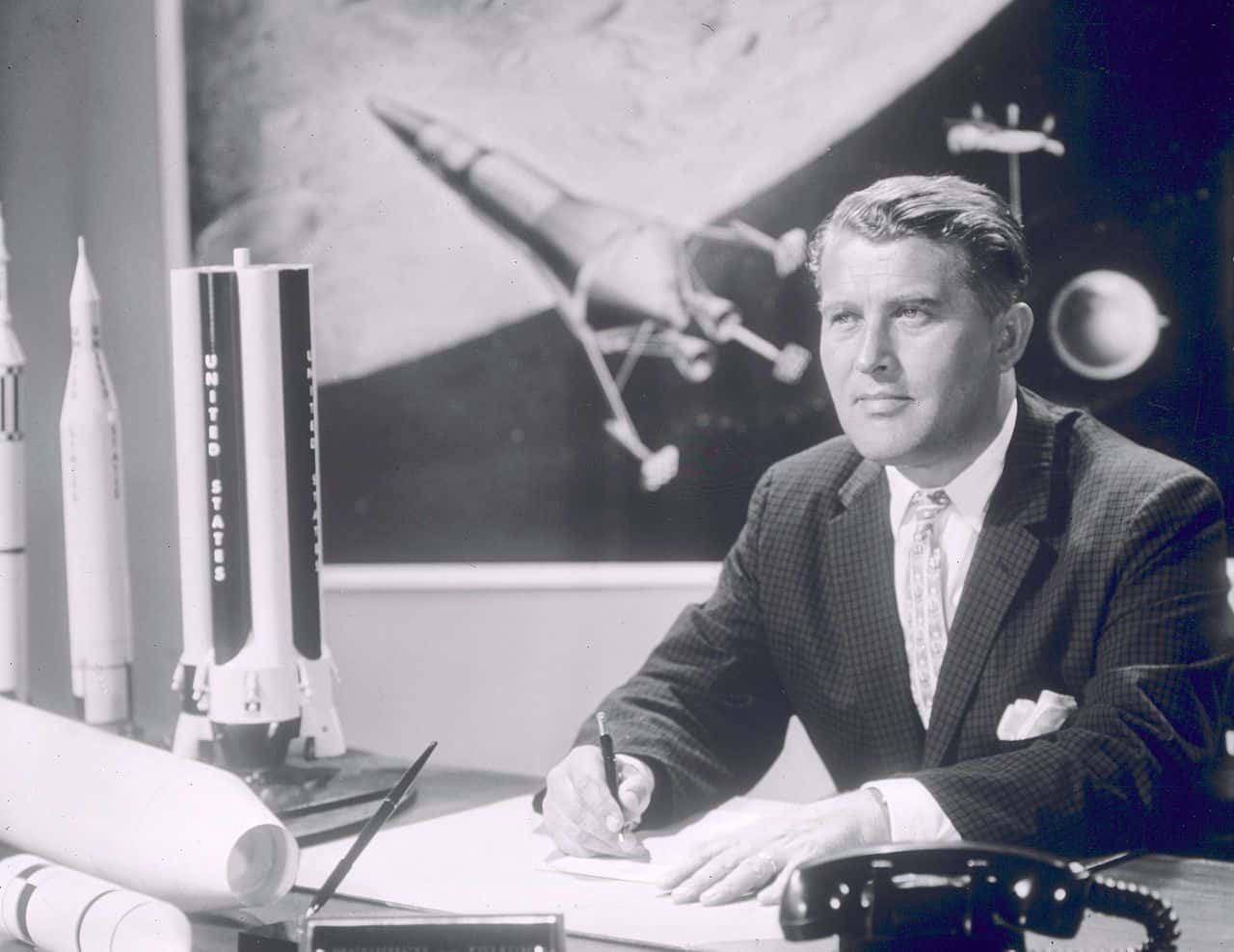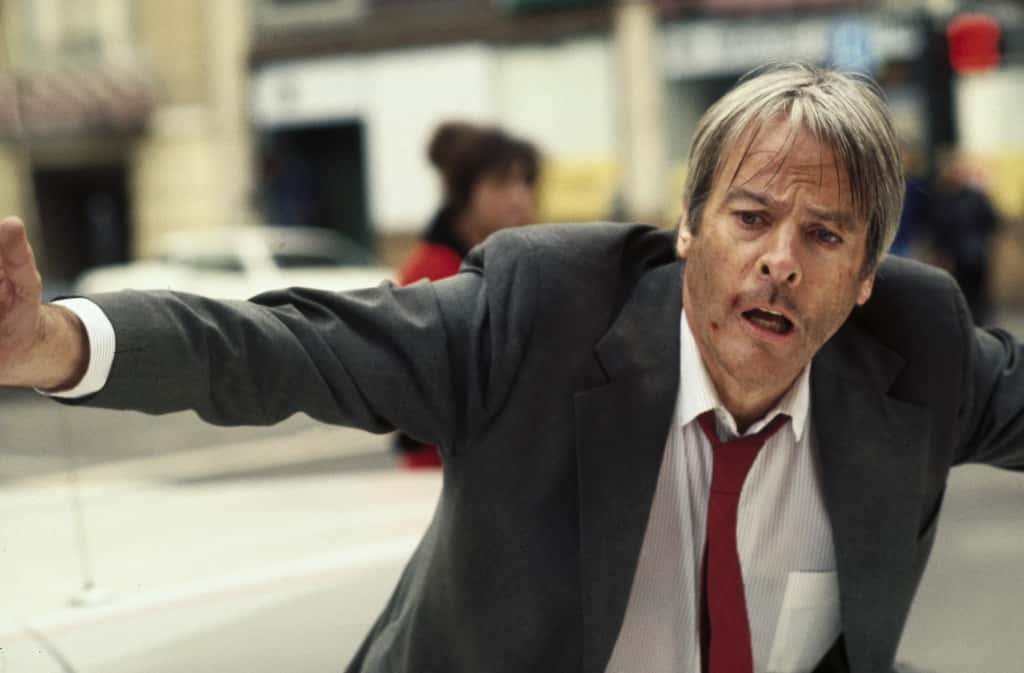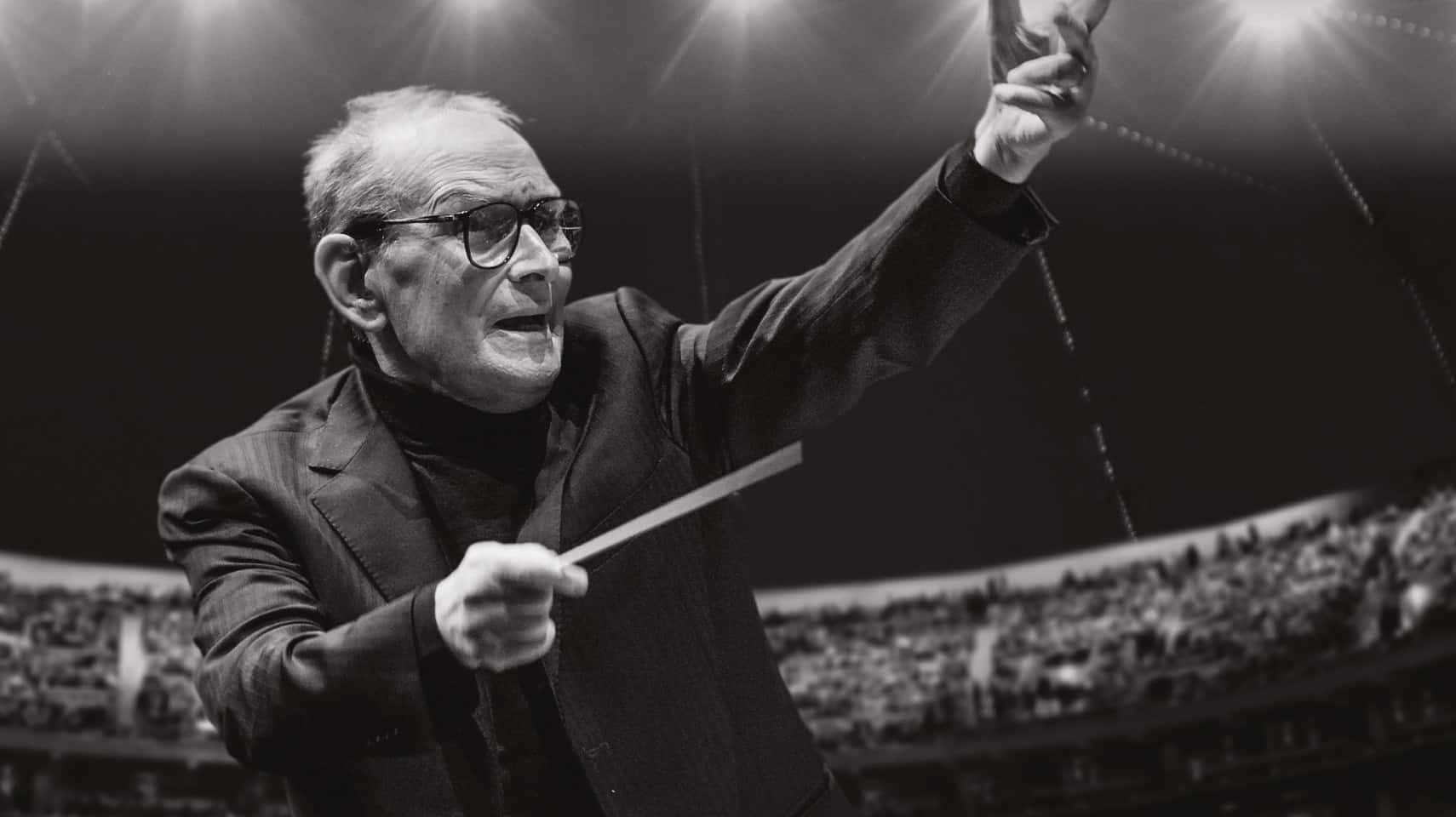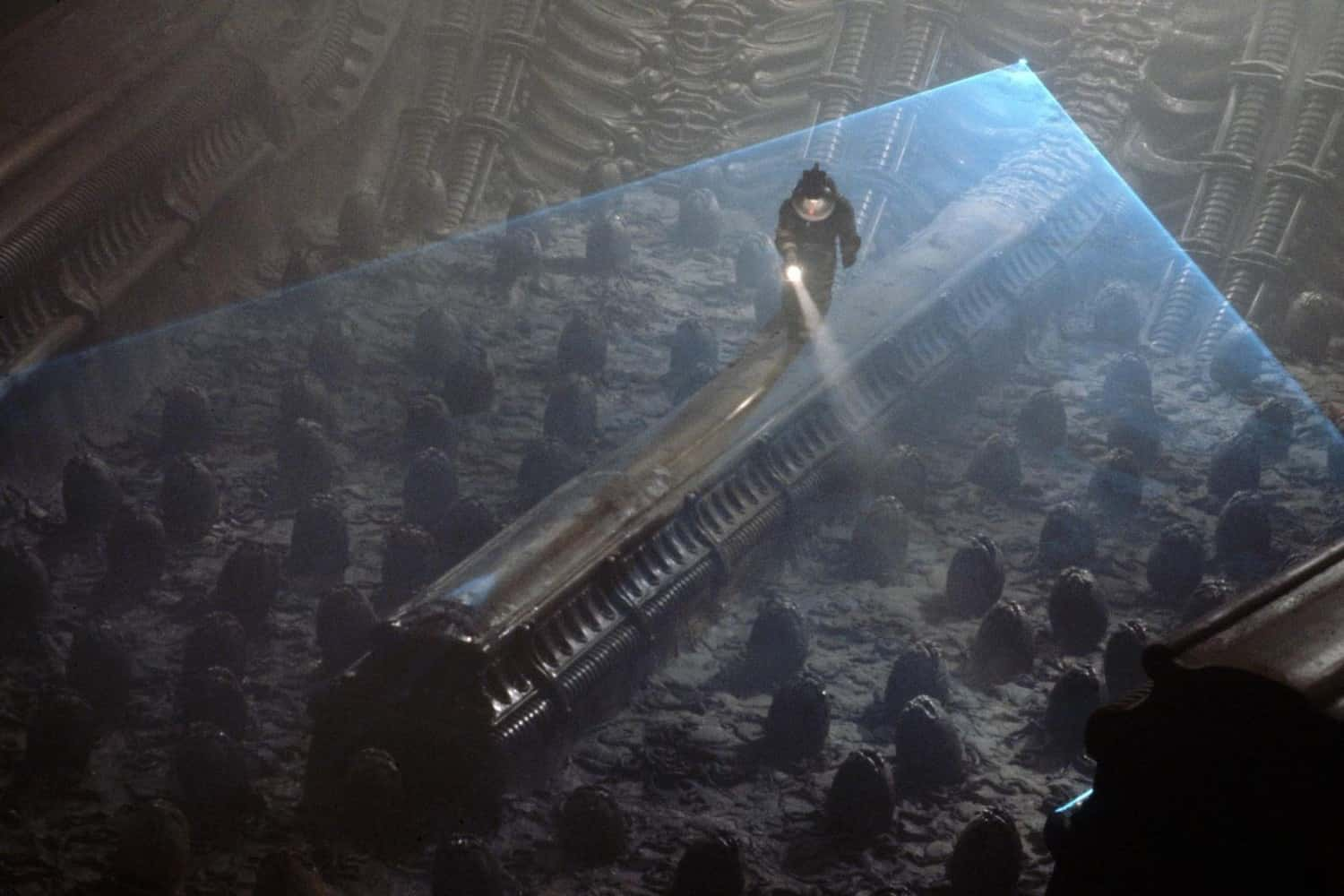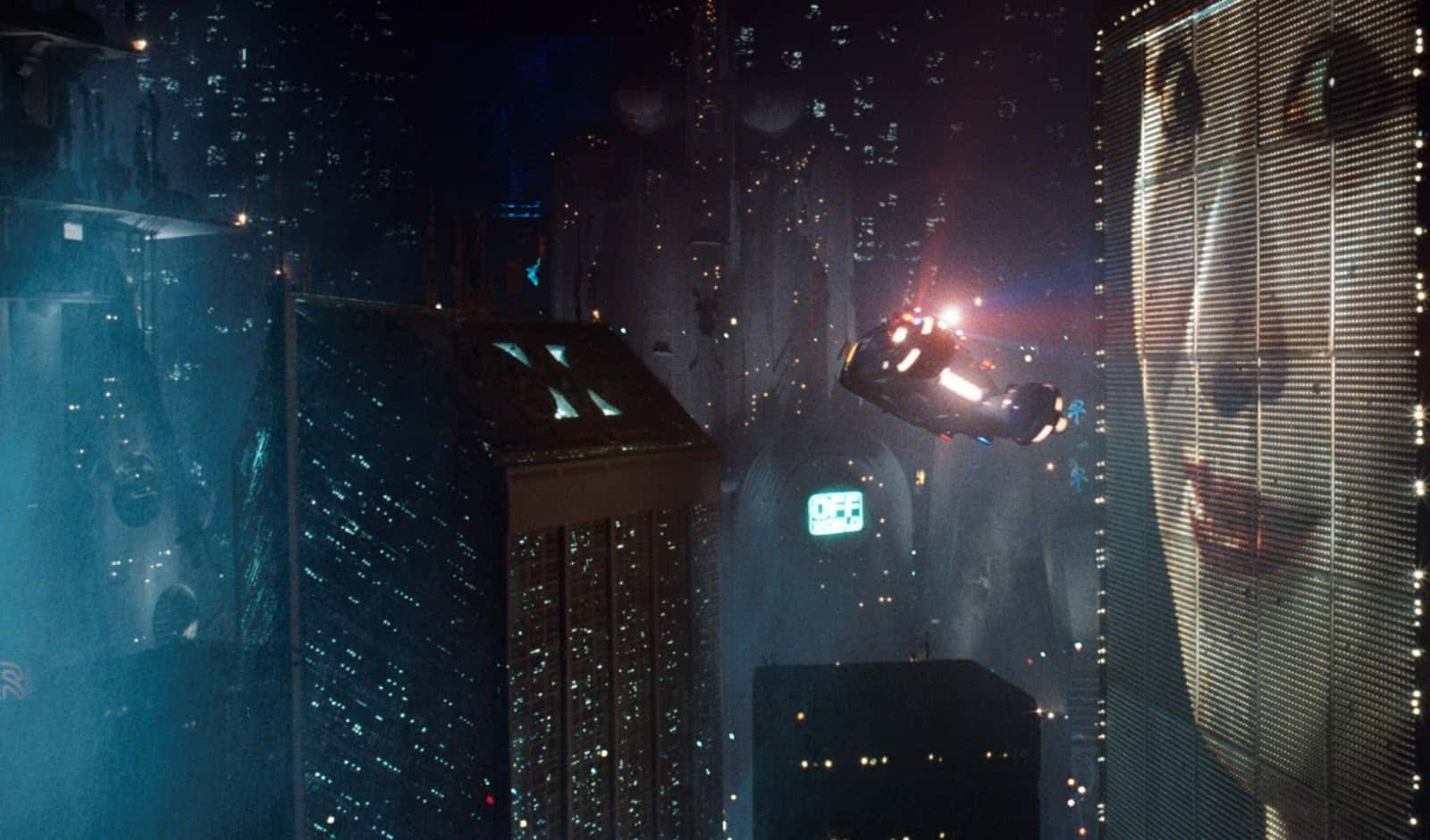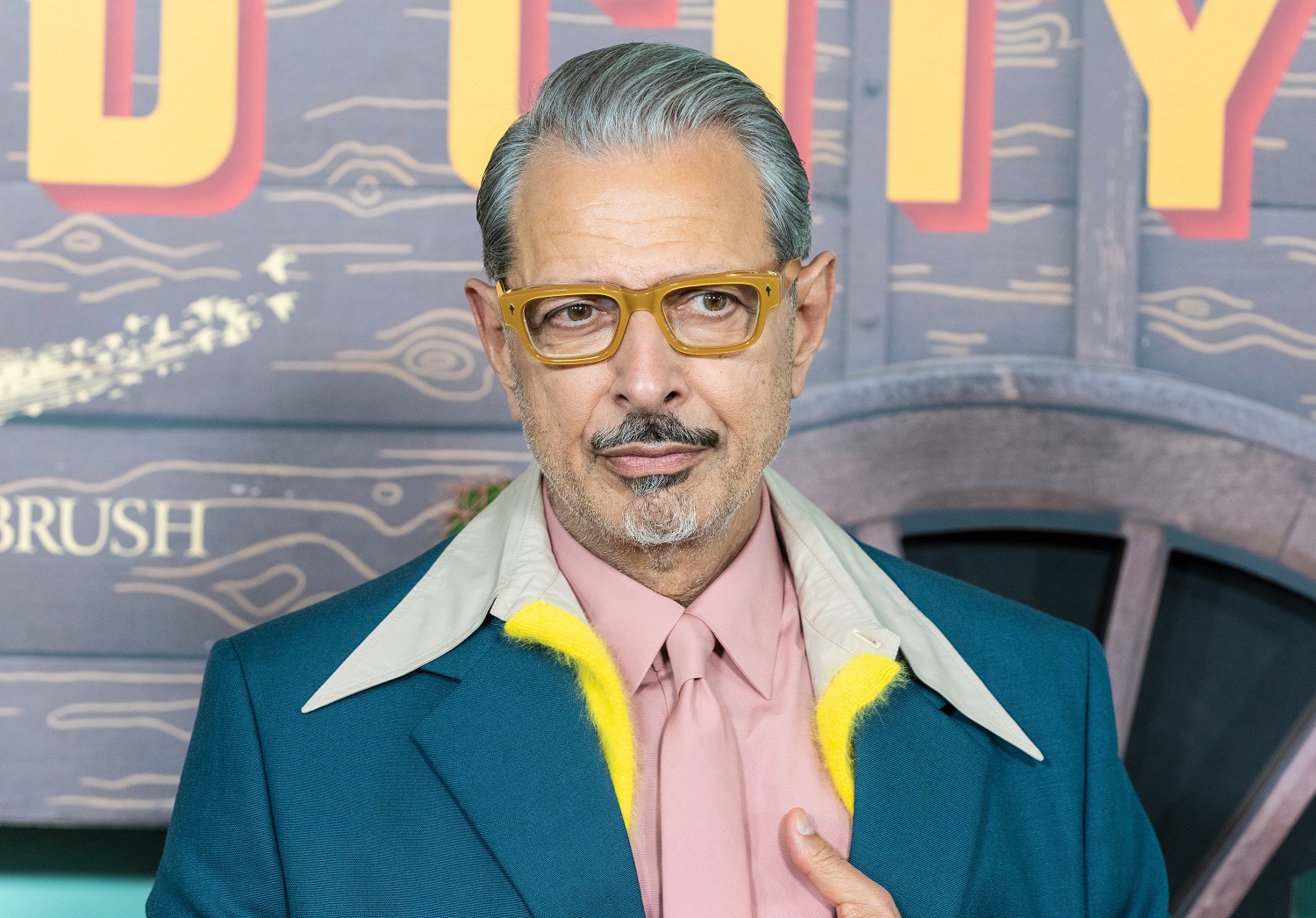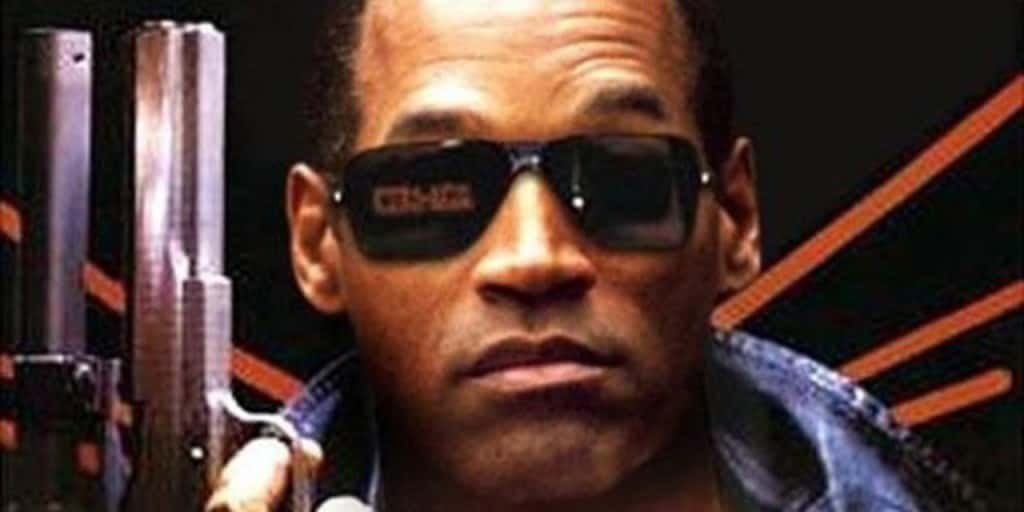Space, the final frontier—and home to so many of our favorite movies. No genre challenges our imaginations quite like science fiction. Whether it’s a story set in the not-so-distant future or the far reaches of outer space, science fiction forces us to consider life under unrealized, but not impossible, conditions, and by extension, life as it exists here and now. Here are 42 futuristic facts about sci-fi films.
1. The Man on the Moon
The first science-fiction film was 1902’s A Trip to the Moon, a dramatization of Jules Verne’s From the Earth to the Moon. The film was written, directed, produced, designed, edited, and promoted by star Georges Méliès, a special effects pioneer and literal magician.

2. Drawing Distinction
In addition to being hand-coloured (which was in itself extremely innovative for its time), the final segment of A Trip to the Moon was animated. This means that not only was A Trip to the Moon the first sci-fi flick, but one of the first animated films as well.
3. One Step Beyond
In 1918, Danish director Holger-Madsen went further to make Himmelskibet, a movie about astronauts going to Mars. Himmelskibet (known in English as A Trip To Mars) runs 97 minutes, making it the world’s first feature-length sci-fi film. This achievement unlocked, the Danes would not make another science fiction film until the 1962 cult classic Reptillicus.
4. All Things to All People?
Fritz Lang’s 1927 dystopia Metropolis was the first film to be recognized by UNESCO as part of its “Memory of the World-Register,” and it was named one of the 45 best films ever made by the Vatican. Although the film was removed from German theatres for its “Marxist politics” (and Lang despised the Nazis), it was a favorite film of Adolf H.
5. An Expert Opinion
Not everyone liked Metropolis. HG Wells, author of The War of the Worlds and The Time Machine, called it “quite the silliest film".
6. Putting in the Work
Filming Metropolis was a massive undertaking. It took more than a year to shoot, employed more than 37,000 extras, and its budget—valued at $200 million today—nearly bankrupted its studio, UFA.
7. It’s A Bird, It’s A Plane
Metropolis was a favorite film of two young sci-fi fans, Jerry Siegel and Joe Shuster; they liked it so much that they used the name for the fictional city where their comic creation, Superman, lived.
8. Family Resemblance
The “Machine Man” from Metropolis (played by Brigette Helm and designed by Walter Schulze-Mittendorf) inspired the design of another iconic robot that you may have heard of: a certain protocol droid by the name of C-3PO.
9. Bright Eyes
For Metropolis, Lang needed a way for his actors to interact with the miniature sets, sets which should have looked massive and monumental by comparison. He and cinematographer Eugen Schüfftan invented a process where the actors could be “projected” onto the set using angled mirrors. The “Schüfftan Process” would later be used in Blade Runner to create the replicants' tell-tale shiny eyes.
10. Killer Bs
While early science fiction films were often big-budget spectacles, meant to showcase breakthroughs in special effects, the 1940s and 50s brought many rapidly made, low-budget science fiction movies. B movies like Creature from the Black Lagoon, Them, and Invasion of the Body Snatchers became cult classics.

11. Rocket Man
Ironically, these low-budget B movies were often more politically charged and scientifically accurate than those space epics of the earlier generation. For example, Wernher von Braun, one of the leading physicists on the US space program, worked as an advisor and space-ship designer for the 50s sci-fi flick Conquest of Space.
12. Obey the Rules
When making Interstellar, Christopher Nolan enlisted the help of Dr. Kip Thorne, the Nobel-prize winning physicist whose work informed the film. Thorne agreed to advise Nolan on two conditions: nothing in the movie could break the laws of physics, and all speculative aspects must be based in science. Party pooper.
13. Early Eeriness
One 1950s sci-fi film that managed to transcend its B movie expectations was The Day the Earth Stood Still, a socially-charged film about an alien who comes to earth to warn humans of the folly of nuclear arms. It was one of the first movies to use a theremin in its soundtrack, establishing the standard for sci-fi spOoOokiness.
14. Phone Home
Before striking it rich with a much bigger project, George Lucas honed his sci-fi chops as the writer and director of THX 1138, a movie about two people rebelling against their totalitarian dystopia. The title was taken from Lucas’ phone number at the time, 849-1138.
15. Snatched!
Don Siegel directed the original Invasion of the Body Snatchers, released in 1956. When the movie was remade twenty years later, he was given a cameo role as a taxi driver. Lead actor Kevin McCarthy was also given a cameo in the remake.
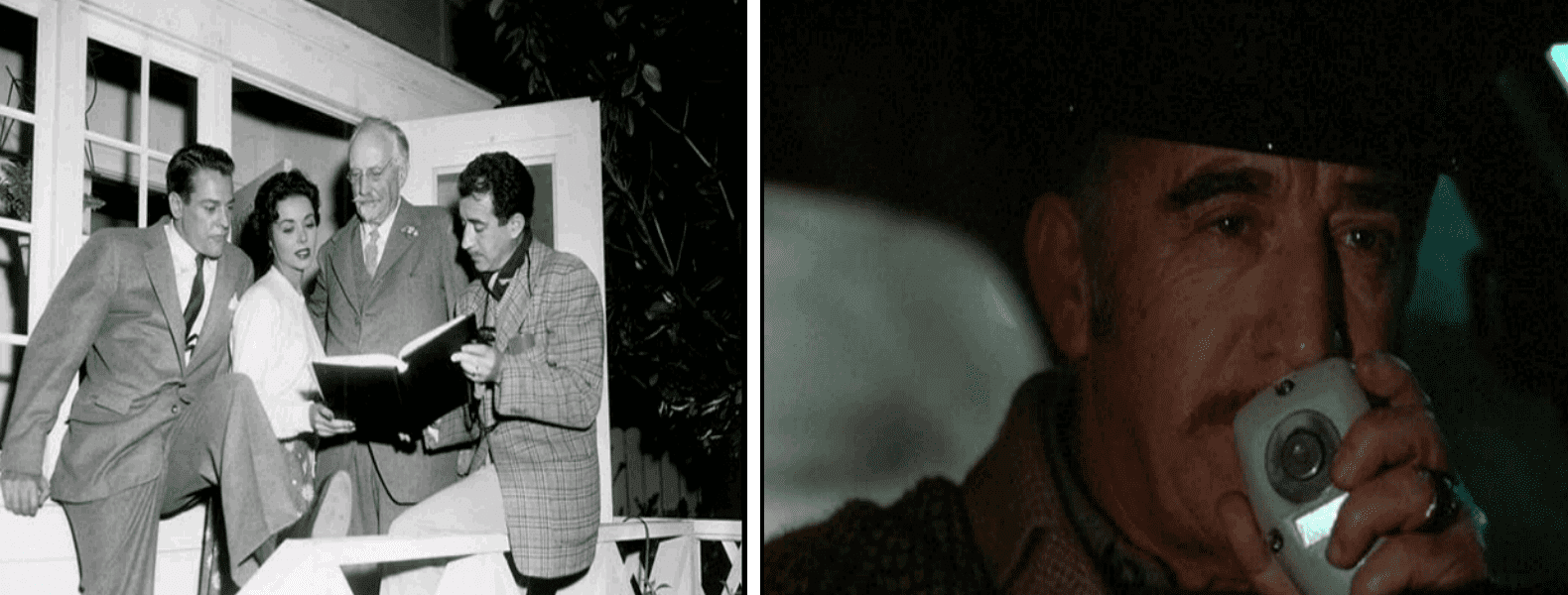 movie forums
movie forums
16. Buff Scene
While rehearsing his scene, McCarthy was approached by a random man in the buff, who told him he thought the original was better. I guess you take compliments wherever you can get them?
17. Once Upon A Time in the West
Though the setting straddles the lines between the future and the Old West, the original Westworld from 1973 might have been one of the most progressive and prescient sci-fi films of its day, fully living up to its sci-fi credentials. It was also the first movie to use computerized graphics.
18. Painstaking Pixels
The digitized technique was used to create the point-of-view shots for Yul Brenner’s Gunslinger character. It took eight hours of work to create just ten seconds of footage.
19. Set’s the Same
The Westworld set was used the following year in another, slightly different movie: Mel Brooks’ western spoof Blazing Saddles.
20. The Good, the Bad, and the Ugly
John Carpenter usually handles the music for his movies himself, but for The Thing he reached out to legendary composer Ennio Morricone, famous for his spaghetti western soundtracks. The decision backfired, however: Morricone’s score was nominated for a Razzie Award.
21. Good Practice
One of Carpenter’s first films, Dark Star, was a science fiction film as well. In this black comedy, four astronauts pass the time drifting through space, destroying planets, and trying to trap an invading alien. Writer Dan O’Bannon would revisit some of the themes of Dark Star in another movie. Maybe you've heard of it, it's called Alien.
22. Help from the Neighbors
For the egg chamber scene, director Ridley Scott wanted an eerie blue glow, but didn’t have any equipment that could create the effect, so the guys next door had to come to the rescue. The rock band The Who were rehearsing on a neighboring sound-stage, and happened to have some spare lasers lying around.
23. Replicants
Some of the computer screen images and sound effects from the spaceship in Alien (the Nostromo) were re-used for Blade Runner, as were some unused shots from The Shining, and some models from Star Wars: A New Hope. How 'bout you do some work yourself, Blade Runner?
24. No Trons Allowed
Although today it’s considered a pioneering film for its use of computer effects, the Academy considered computerized special effects “cheating” and denied Tron a nomination for Best Visual Effects.
25. Finding the Right Audience
Tron turned out to be a bit of a flop. The Tron video game, however, became a huge hit at arcades, and actually ended up making more money than the movie itself.
 youtube
youtube
26. Facing His Critics
Jeff Goldblum almost missed out on the role of Seth Brundle in the 1986 remake of The Fly for an unusual reason: the makeup artist felt his face would be difficult to work with. Goldblum wore up to five pounds of prosthetics for the film.
27. The Glove Didn’t Fit
The Terminator made a mega-star of Arnold Schwarzenegger, but he almost lost the role to an unlikely candidate—OJ Simpson. Casting directors wanted the former running back to play the lead, but decided he wasn’t believable as a murderer. Years later, a jury decided something similar...
28. Lost in Translation
In Poland, The Terminator was released under the title The Electric Murder. This is because, in Polish, there's a word written exactly the same as the English word “terminator,” but which mean “apprentice". Not quite as exciting of a title.
29. Blueprint Blues
Since they never got that second season they had begged for, fans of the TV series Firefly had to make do with Serenity, a motion picture spinoff. Set designers had a problem though: the blueprints for the spaceship, “Serenity,” had all been lost or destroyed when the show was cancelled.
30. His Own Biggest Fan
Luckily, star Nathan Fillion was able to come to the rescue. A fan of the show in his own right, Fillion had taken photos of all the pre-production materials, including the ship’s plans and blueprints. The photos were good enough that he was able to send them to the set designers and they used them to recreate the sets for the movie.
31. Like Father, Like Son
In 1976, David Bowie starred in the movie The Man Who Fell to Earth, about a space alien who becomes a wealthy tech mogul. In 2009, Bowie’s son, Duncan Jones, got into the sci-fi game for himself, directing the critically acclaimed movie Moon.
32. That’s Odd
With its sparse set design and accurate depictions of life in space-age isolation, Moon drew immediate comparisons to 2001: A Space Odyssey. A generation earlier, Kubrick’s movie had prompted Bowie to write his first big hit, "Space Oddity".
33. In Space, No One Can Give You Awards
2001: A Space Odyssey has been called the best film ever made. The Star Wars movies make up a billion-dollar franchise fuelled by rabid, obsessive fans. Even the highest grossing film of all time, Avatar, is a sci-fi film. Yet, despite the frequent acclaim and fandom that science fiction movies attract, no sci-fi film has ever won the Academy Award for Best Picture. Maybe in the not-so-distant future…

34. See What I Mean?
The Oscars tend to be harder on sci-fi films in general. For example, the soundtrack for Independence Day won the Grammy for Best Score in 1996. It wasn’t even nominated in that category at the Academy Awards.
35. Better Safe Than Sorry
For 2001: A Space Odyssey, Stanley Kubrick was concerned that humans might actually find extraterrestrial life before his movie came out, more-or-less ruining the movie's mystique. He was so worried about it that he actually tried to have his film insured in case contact with aliens was made before it was released. Lloyds of London declined.
36. Getting the Facts Straight
Kubrick was characteristically thorough with 2001, even consulting with Carl Sagan on how to depict alien lifeforms that never even showed up in the movie itself. It remains (according to Popular Mechanics) the most scientifically accurate science fiction film.
37. The Cold War
Critics have noted the similarities between 2001 and Soviet director Andrei Tartovsky’s Solaris (1972). Tartovsky hadn’t seen 2001 before he made Solaris, and wasn’t impressed with it when he finally did. For what it’s worth, Solaris is Tarkovsky’s least-favorite of his own films.
 A la rencontre du Septième Art
A la rencontre du Septième Art
38. How?
Blade Runner is based on Philip K. Dick’s novel Do Androids Dream of Electric Sheep. Director Ridley Scott hadn't even read the novel before making Blade Runner, and neither had David Webb Peoples, who wrote the script.
39. Lucky Guess
Dick passed on before the whole movie was completed, but did get to see about 20 minutes of footage. Despite Scott and Peoples’ unfamiliarity with the novel, Dick was impressed with their work, saying “they caught it perfectly".
40. Creepy Contraband
HR Giger’s initial designs for the titular Alien were so frightening that he was held up at customs. Workers at LAX waited until O’Bannon came down to explain that they were just sketches for a movie.
41. A Gross Thing
John Carpenter's The Thing (a 1982 remake of the classic The Thing From Another World) is remembered for Rob Bottin’s ground-breaking practical effects. Bottin created some incredibly life-like alien gore by using real-life animal parts. Most of the cast and crew were repulsed by the effects, but not Wilfred Brimley, who was a rancher and avid hunter.
42. Not Monkeying Around
The Andromeda Strain is another sci-fi movie that's been lauded for its scientific accuracy, but they might have taken that commitment to accuracy a little too far. For one scene in which a monkey is slain in a lab, the filmmakers actually suffocated a real monkey. Representatives from the ASPCA were on hand and quickly revived the primate. Still, not cool.
Sources: 1, 2, 3, 4, 5, 6, 7, 8, 9, 10, 11, 12, 13, 14, 15, 16, 17, 18, 19, 20, 21, 22, 23, 24, 25, 26, 27, 28





